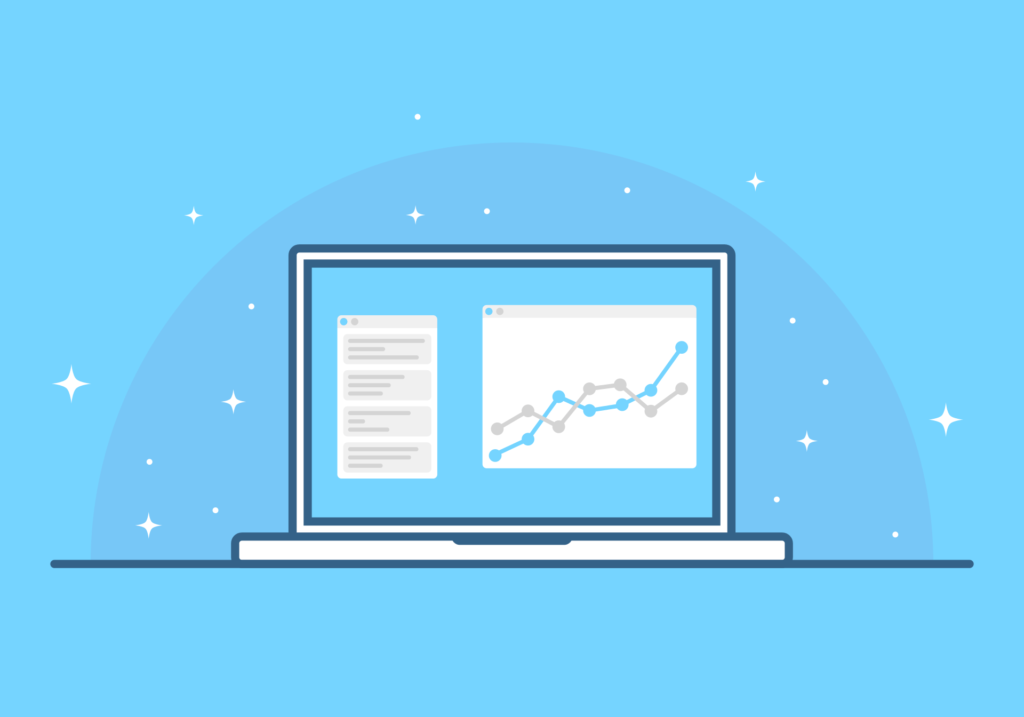Google PageSpeed score is a score that Google gives to a website based on its performance. It is a score out of 100 that tells you how fast your website is and how well it is optimized for the web. The higher the score, the better the website performs. Google PageSpeed score is important because it can affect your website’s ranking on Google search results. You can check your website’s PageSpeed score using Google’s PageSpeed Insights too.
If you have a poor Google PageSpeed score, there are several things you can do to improve it. Here are some tips:
- Optimize your images: Large images can slow down your website. You can compress your images using tools like TinyPNG or ShortPixel.
- Minimize HTTP requests: The more HTTP requests your website makes, the slower it will load. You can reduce the number of HTTP requests by combining CSS and JavaScript files.
- Use a Content Delivery Network (CDN): A CDN can help speed up your website by caching your content on servers around the world.
- Minimize your CSS and JavaScript: Large CSS and JavaScript files can slow down your website. You can use tools like CSSNano and UglifyJS to minimize your files.
- Enable browser caching: Browser caching can help speed up your website by storing static files like images and CSS files on the user’s computer.
- Use a fast web host: A fast web host can help speed up your website. You can use tools like GTmetrix to test your website’s speed and find a fast web host.
- Use a caching plugin: A caching plugin can help speed up your website by caching your content and serving it to users more quickly.
- Use a lightweight theme: A lightweight theme can help speed up your website. You can use themes like Astra or GeneratePress.
Caching Plugin
A caching plugin is a tool that you can add to your website to enable caching abilities and speed up the load time. It creates an HTML (static) version of your web page to deliver it faster to your future visitors. Usually, a page request implies PHP processing, fetching data from the database, and much more time- and resource-consuming tasks on the server side. A cache plugin makes it easy for returning visitors to access your website content faster by eliminating the many steps a browser takes to generate pages dynamically. It stores data so future requests can be served faster and prevent the origin server from overloading
CDN
A Content Delivery Network (CDN) is a geographically distributed group of servers that caches content close to end users. The goal is to provide high availability and performance by distributing the service spatially relative to end users. A CDN allows for the quick transfer of assets needed for loading Internet content, including HTML pages, JavaScript files, stylesheets, images, and videos. By caching content closer to the user, a CDN reduces the number of requests that need to be made to the origin server, which can help reduce server load and improve website performance.

